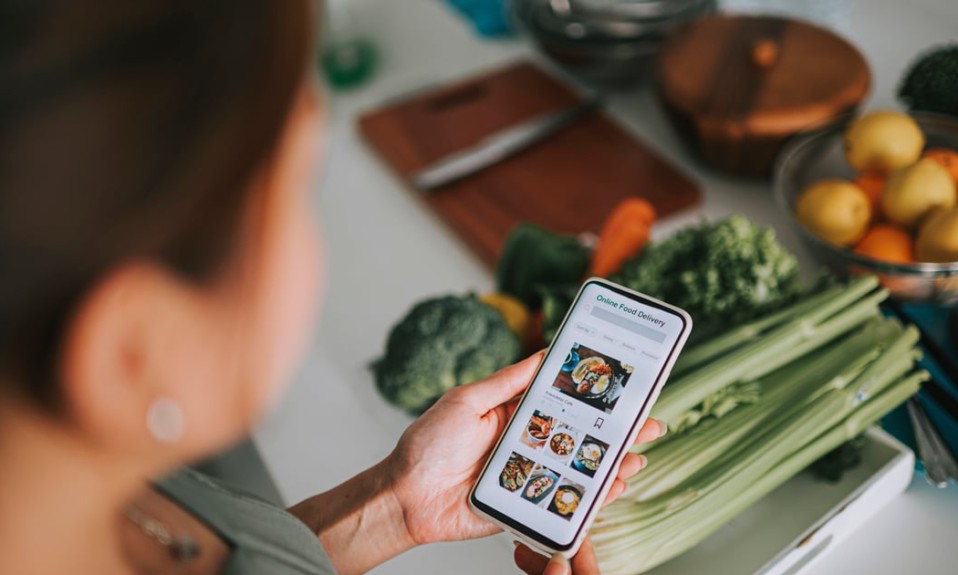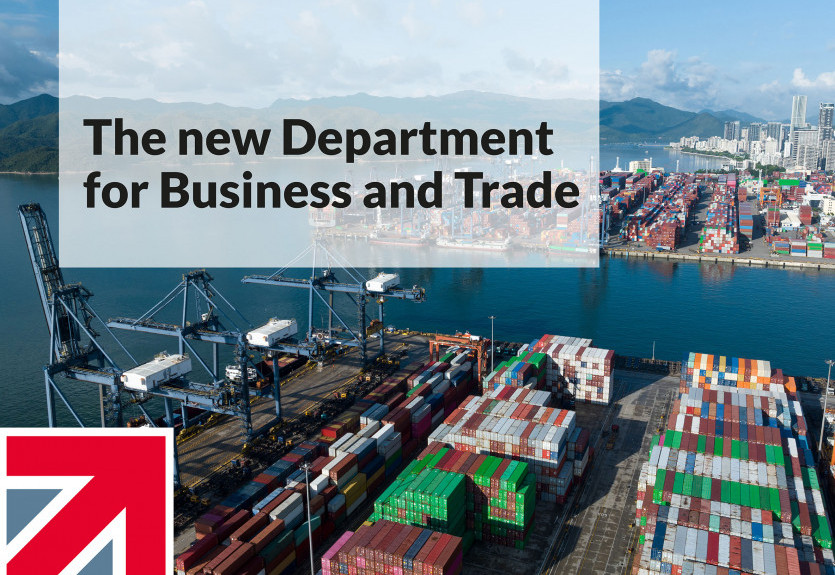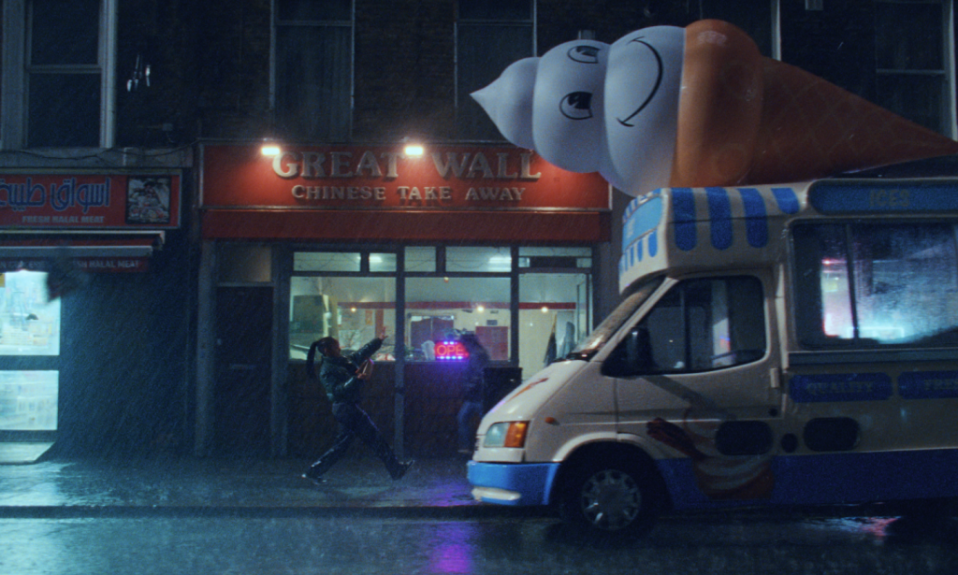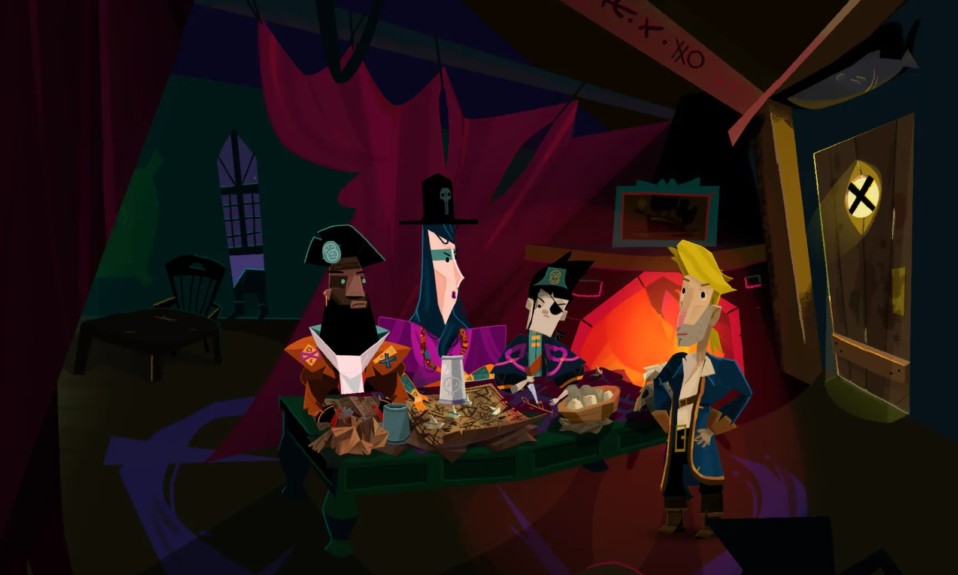“Buy now, pay later is one way Americans are dealing with the rising costs of essentials,” said Ronita Choudhuri-Wade, a personal loans expert at NerdWallet. But she cautioned that the category is facing increased scrutiny by the Consumer Financial Protection Bureau and could see increased regulation in the future, which could change how brands market their services.
“[Buy now, pay later] can be a handy tool to pay for expenses, but its convenience can quickly lead to overspending,” she said. For example, some consumers may be inclined to take on multiple buy now, pay later services to manage different bills, which could lead to heavy debt.
While Klarna did not respond to an inquiry about its marketing regarding groceries specifically, a spokeswoman said, “We believe in giving consumers greater choice—and that, regardless of what the purchase is, BNPL is a healthier and more sustainable option compared to high-cost credit cards that encourage minimum payments, keeping people in debt longer with extortionate interest.” She pointed to recent Klarna research that found that while over a third of U.S. shoppers use credit cards to pay for groceries online, over half of that group have been charged interest and 34% have missed payments.
But Klarna has had its own struggles. The Swedish company underwent two rounds of layoffs last year, reducing its workforce to 6,000 from 7,000, according to reports. The company expects to be profitable this summer.









